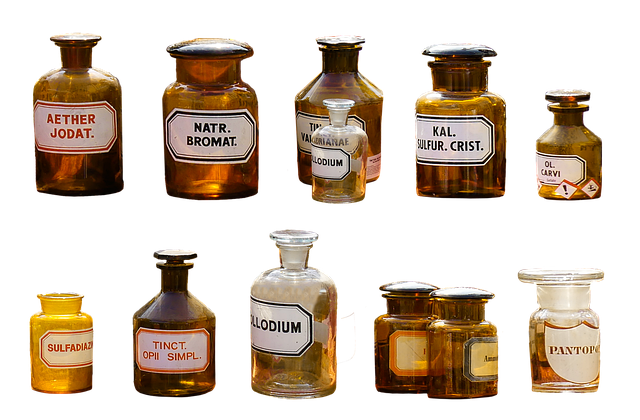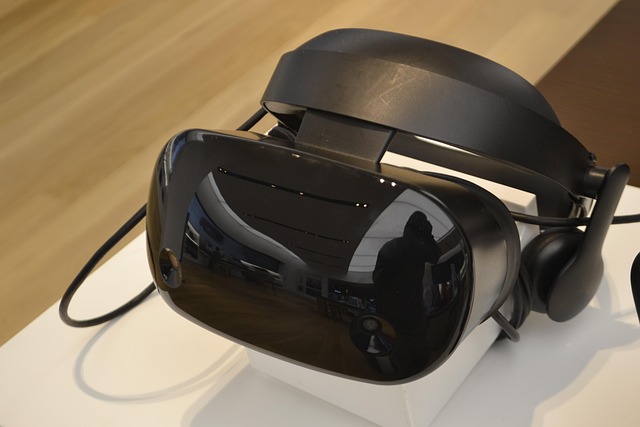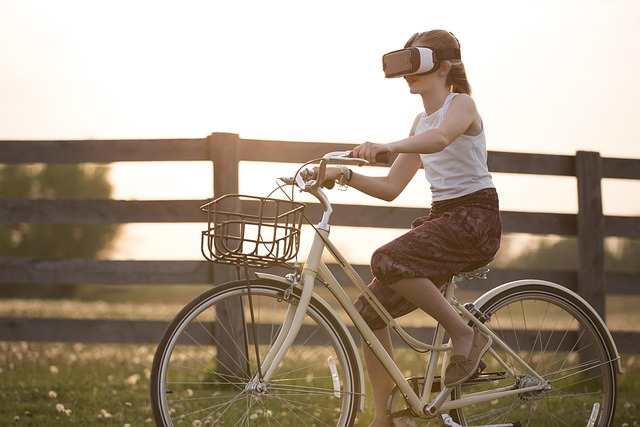In an age where technology permeates every aspect of our lives, it’s fascinating to see how Virtual Reality (VR) and Augmented Reality (AR) are reshaping numerous fields, including the realm of chemistry. The convergence of VR chemistry with game-like experiences opens up endless possibilities, transforming the way we perceive and interact with the molecular world. Imagine stepping into a fully immersive environment where you can manipulate atoms and molecules with mere gestures, all while experiencing the thrill of gaming.
In the metaverse, VR chemistry becomes more than an educational tool; it evolves into an adventure. As players, we can don our VR headsets and enter a scientifically stunning universe that illustrates complex chemical reactions in real-time. Picture yourself in a vibrant lab, surrounded by swirling clouds of electrons, trying to bond molecules and see how they behave under different conditions. This gamified approach not only enhances learning but also makes the seemingly abstract concepts of chemistry tangible and relatable.
Moreover, augmented reality enhances the experience further by allowing us to overlay digital elements onto our physical environments. Through AR mobile applications, users can visualize the periodic table right in front of them, interact with 3D models of compounds, and even conduct virtual experiments on kitchen counter-tops! The blend of tactile engagement and visual stimulation creates a compelling platform where gaming and scientific inquiry intersect.
For educators, incorporating VR chemistry into the curriculum can transform traditional teaching methodologies. Students bored by textbook learning may find their passion ignited when they can engage with chemistry in immersive adventures. They can race against the clock to correctly assemble molecules in a competitive environment, or embark on quests to discover new elements, earning rewards and unlocking achievements along the way. This blend of competition and collaboration fosters teamwork while enticing students to explore more deeply.
But it doesn’t end there; VR chemistry experiences can promote inclusivity, making science accessible to everyone, regardless of their background. By providing alternative means of understanding complex material, this technology helps bridge gaps in learning and offers personalized paths for discovery. This is a significant leap towards democratizing science, as anyone with access to a VR headset can dive into the fascinating world of chemistry.
As we venture deeper into the metaversum, the potential for VR and AR in chemistry is only just beginning to be realized. Game designers, educators, and chemists alike can collaborate in this uncharted territory, crafting rich experiences that can reshape scientific communication and understanding. The excitement of exploring molecular structures or engaging in virtual lab practices can spark a generation’s interest in science, making it not just a subject to study, but a thrilling experience to live.
With each passing day, as technology continues to advance, the barriers between gaming and education dissolve, creating a beautiful confluence that inspires curiosity and fosters innovation. The metaverse awaits, filled with adventures that can turn chemistry into a captivating journey, where every reaction is a new challenge to conquer. So, put on your VR headset and immerse yourself in the electrifying world of VR chemistry, where the excitement of discovery knows no bounds!




